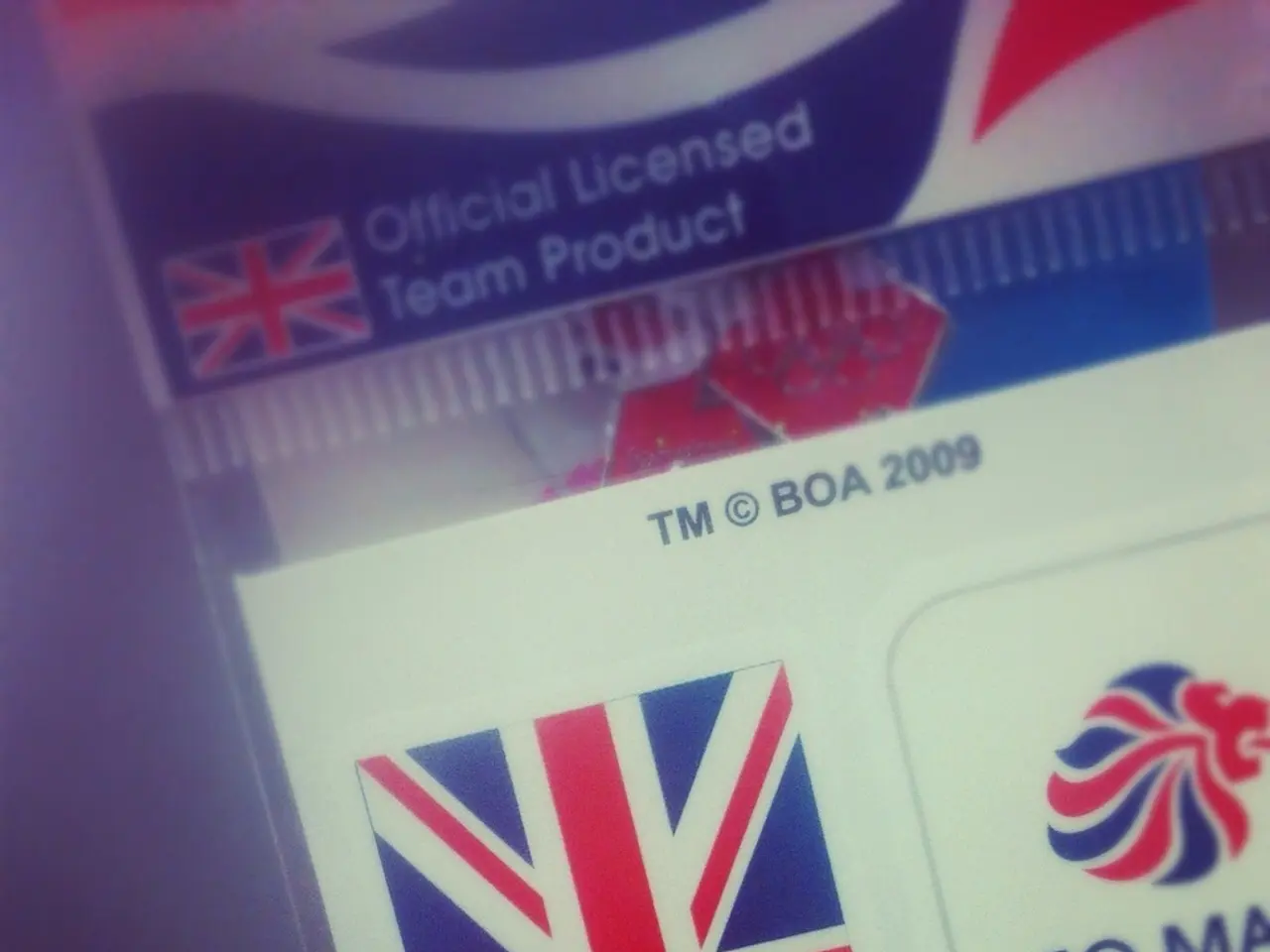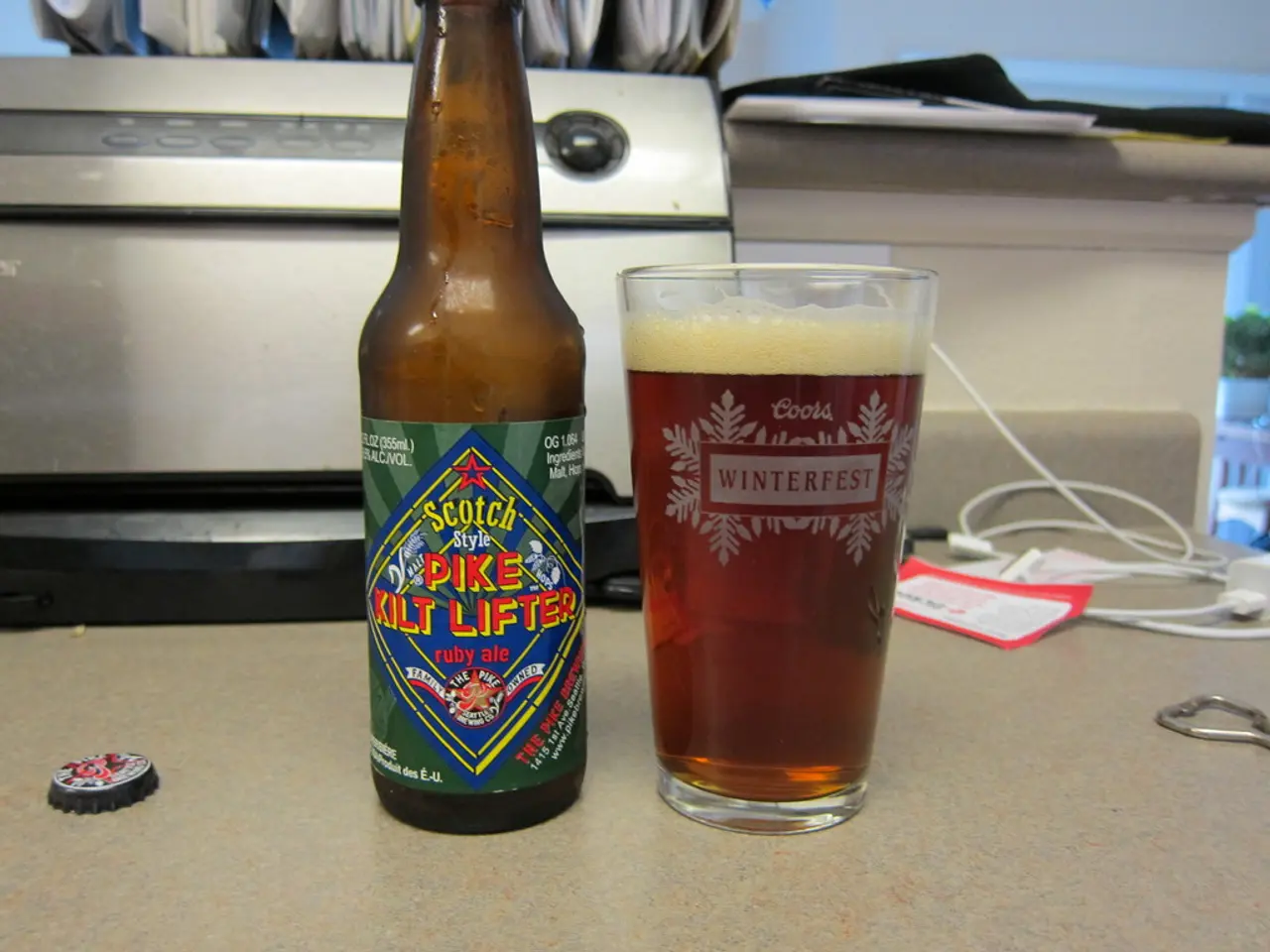Outdated Methods of B2B Sales and Advertising are Fading Away
In a bid to adapt to the evolving B2B buying landscape, SMART Technologies has redefined its sales process by dismantling traditional silos between sales, marketing, and support teams and reconfiguring them into a unified Commercial Engine (UCE). This shift aims to provide a more streamlined and buyer-centric approach to sales, mirroring trends in smart manufacturing and digitalization.
The new structure is based on pods, each led by a team member responsible for ensuring their team receives the necessary support. These pods are managed by a common UCE dashboard, featuring a range of metrics across various functions. The UCE was built by mapping customer journeys and identifying common buying patterns, a response to the increasing digital orientation of B2B buying processes.
Customers today prefer a purchase experience free of sales rep interactions, but may seek them early in their buying process to build their requirements. As such, the pod structure is an example of realigning the traditional commercial process to the new world of B2B buying, where customers spend a significant amount of time learning about solutions online and building a consensus among stakeholders.
The pods are part of SMART Technologies' redefined sales process. They operate under a cross-functional alignment, fostering shared goals, metrics, and incentives focused on the buyer’s journey and revenue growth. This promotes teamwork and accountability across functions, ensuring a consistent messaging and support during every stage—from awareness and evaluation through purchase and renewal.
To enable personalized and coordinated engagement, the company has adopted unified customer data platforms, providing a single source of truth for customer information accessible to all commercial teams. Additionally, the team at SMART Technologies has deployed staff across pods, each supporting one of the five identified buying patterns.
The adoption of technology and automation plays a crucial role in this transformation. AI-powered CRM systems, marketing automation, and analytics are used to streamline workflows, predict customer behavior, and optimize commercial activities dynamically. Continuous training and enablement ensure all commercial team members are trained on product knowledge, buyer personas, and consultative selling skills to deliver value and differentiate the company at every touchpoint.
Performance measurement and feedback loops establish shared KPIs aligned with overall business goals and use real-time data to continuously improve collaboration and customer outcomes. Though SMART Technologies’ specific approach isn’t detailed in the available results, these strategies align with best practices for effective commercial team integration in B2B contexts.
In the small window of opportunity for direct sales teams to meet and convince prospects, sellers who help provide information that buyers urgently seek, through channels they prefer, are in a better position to gain customers. As such, SMART Technologies' reconfigured sales process is poised to meet the demands of the digital age, providing a more efficient and effective approach to B2B sales.
- Leveraging technology, SMART Technologies has deployed AI-powered CRM systems and marketing automation to optimize their commercial activities, aligning with the digital orientation of B2B buying processes.
- To cater to the evolving B2B buying landscape, SMART Technologies has adopted unified customer data platforms, enabling personalized and coordinated engagement among their cross-functional commercial teams.




